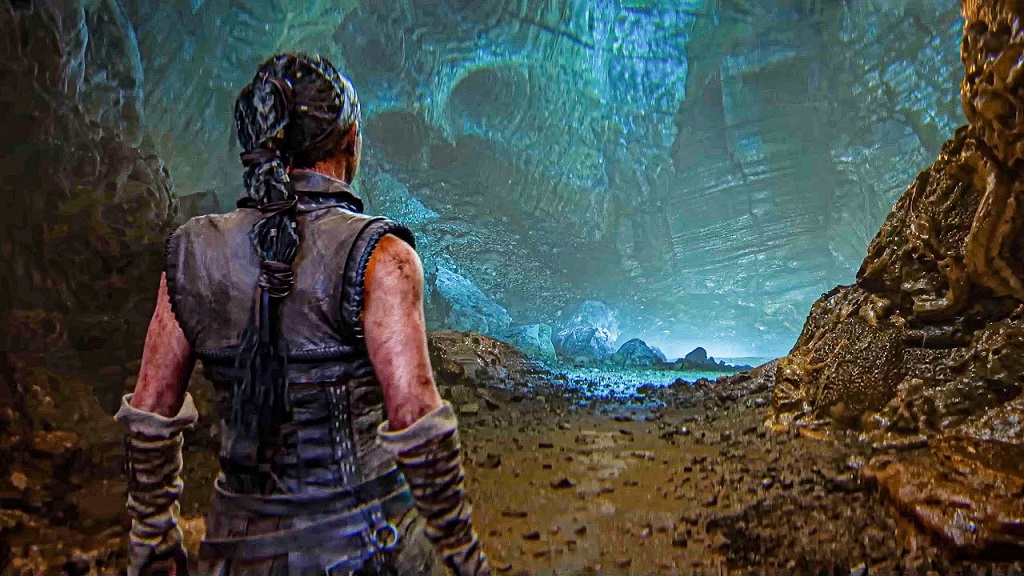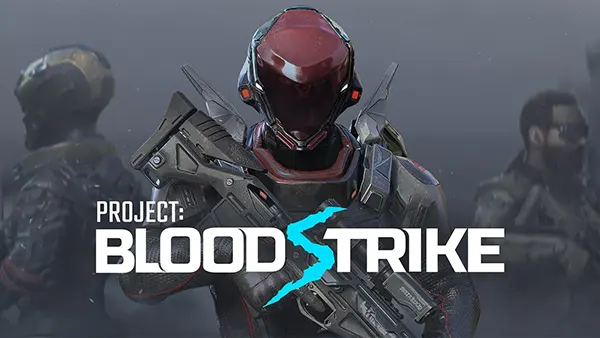
Exploring Senua’s Saga: Hellblade II – A Sequel That Redefines Gaming
One of the most anticipated video games of the year, Senua’s Saga: Hellblade II, made its debut, drawing gamers into a world rich with Norse mythology and psychological adventure. Developed by Ninja Theory, this sequel to the critically acclaimed Hellblade: Senua’s Sacrifice, not only expands on its predecessor’s narrative and gameplay mechanics but also pushes the boundaries of storytelling and graphical excellence. At its core, the game is a third-person action-adventure, combining intense combat, puzzle-solving, and an emotionally gripping narrative, all set against the hauntingly beautiful backdrop of the Norse wildlands.
The game’s release follows its successful predecessor, which was praised for its sensitive portrayal of mental illness, a theme that continues in this sequel. Players resume the journey with Senua, a Pict warrior who, after the events of the first game, ventures deeper into the mythological and hostile lands to confront her past and survive her ongoing battles with psychosis. The setting and timeline are meticulously crafted, providing an immersive experience that is both historically intriguing and deeply personal.
Exploring the Plot of Hellblade II
The plot of Senua’s Saga: Hellblade II is a profound narrative of resilience, warfare, and discovery. Senua, haunted by the visions of her deceased lover and tormented by voices in her head, seeks redemption and clarity on a perilous journey into the heart of Norse hell. The storyline deepens her character, presenting her struggles with vivid emotional depth and connecting players intimately to her psychological battles. The narrative weaves through dark and twisted pathways, where each turn unfolds new challenges and revelations, enhancing the game’s dark and foreboding atmosphere.
This sequel enriches its narrative with complex characters and mythical elements, drawing heavily from Norse legends. As Senua encounters gods and monsters alike, the distinction between reality and hallucination blurs, leaving players to interpret what is real. This ambiguity is a narrative device that mirrors the protagonist’s psychosis, making the gameplay experience uniquely unsettling and gripping.
Game Mechanics and Environmental Interaction
Senua’s journey in Hellblade II is not just about combat but also exploration and puzzle-solving, which are integral to the gameplay. The combat system has been revamped with more fluid mechanics and a wider array of weapons and abilities at Senua’s disposal. Players must adapt to varying enemy types and combat styles, requiring strategic thinking and quick reflexes. Additionally, puzzle elements are cleverly integrated into the environment, often requiring players to manipulate elements of light and shadow, sound, and perspective to progress, which also symbolically represents Senua’s battle with her inner demons.
The exploration aspects are deeply entwined with the game’s narrative, encouraging players to delve into the expansive settings that range from eerie forests to war-torn villages. These environments are not only visually stunning but are also filled with lore that expands the backstory and enhances the overall immersion. The game’s design encourages a slow exploration pace, allowing players to fully absorb the atmospheric details and the haunting soundtrack that complements the visuals perfectly.
Guidelines for New and Returning Players
Playing Senua’s Saga: Hellblade II requires a blend of tactical combat, environmental puzzle-solving, and narrative interaction. Newcomers to the series will find the game’s comprehensive tutorial system helpful, guiding them through the basics of combat and exploration mechanics. For returning players, the sequel expands on the familiar gameplay of the first installment with increased complexity and new challenges that test both skill and emotional resilience.
The integration of controller feedback and sound cues plays a critical role in the immersive experience, making combat feel intense and personal. The game also features a dynamic difficulty system, which adjusts the challenge level based on the player’s performance, ensuring that the game remains accessible yet challenging for players of all skill levels.

Comparative Analysis with Hellblade: Senua’s Sacrifice
When compared to its predecessor, Hellblade II not only maintains the psychological depth and stunning audiovisual execution but also introduces several improvements and expansions. The graphics are more detailed, with enhanced textures and lighting effects that create a more immersive world. The scope of the game is larger, with more varied landscapes and a greater number of NPCs that bring the game world to life. The story also takes a deeper dive into Norse mythology, providing a richer narrative experience.
The psychological elements are more intricately woven into the gameplay, offering a more intense and involved experience. The sequel provides a deeper understanding of Senua’s mental state, enhanced by improved voice acting and motion capture performances that make the character more relatable and human.
Player Expectations and Reception
As the release of Senua’s Saga: Hellblade II approached, player expectations were high, and early indications suggest that the game has not only met but exceeded these expectations. Players have expressed overwhelming approval for the game’s enhanced mechanics and deeper narrative. The game’s ability to blend action, story, and psychological elements into a cohesive experience has been particularly praised. Many see it as a benchmark for future games in terms of how video games can tell complex, emotional stories while providing engaging gameplay.
The community’s response has underscored the importance of narrative-driven games and the demand for titles that tackle difficult themes with sensitivity and depth. The success of Hellblade II serves as a testament to the game’s quality and its developers’ commitment to pushing the boundaries of what video games can achieve in terms of storytelling and player engagement.
Popular articles
-
 “Bread & Fred”: absurd co...
“Bread & Fred”: absurd co...The indie game scene continues to thrive …
-
 Hades II – Evolution of Roguelike: How Sup...
Hades II – Evolution of Roguelike: How Sup...When Supergiant Games unveiled the sequel to …
-
 Blood Strike – A Lighter Alternative to Wa...
Blood Strike – A Lighter Alternative to Wa...As high-end mobile shooters like Warzone Mobile …
